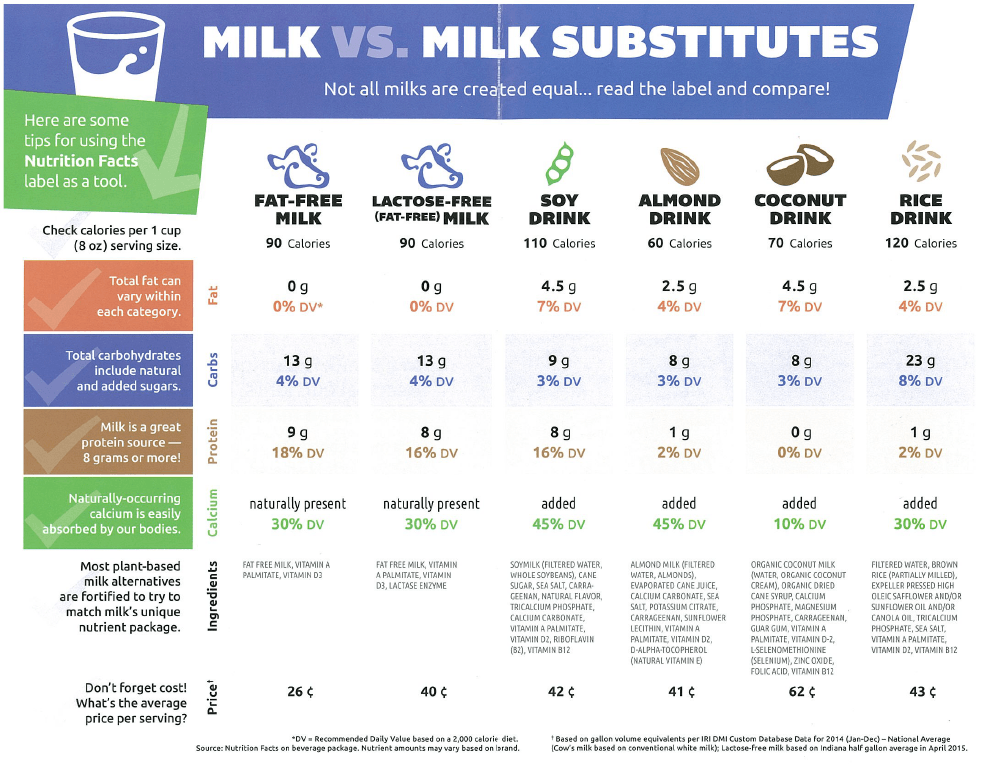

The amount of fat that is removed from a single glass of milk is about 8 grams, or roughly a ½ tablespoon, which provides around 65 Calories. The difference between 1 cup of whole milk and 1 cup of skim milk is essentially a slice of butter. And it goes without saying that the fat content is the primary factor that changes the taste, flavor, and mouthfeel of milk. The primary differences between whole milk and skim milk are taste, and fat content.

#Skim milk vs whole milk free
No matter if you are choosing whole milk, reduced fat 2% milk, low-fat 1% milk, or fat free milk, the amount of protein, vitamin D and calcium are equivalent. When it comes to nutrients of concern - there's very little difference. So What's the Difference Between Whole Milk and Skim Milk? Milk is a superfood, which can provide a source of all of these nutrients, with the exception of dietary fiber. In certain populations, intake of iron, folate, and vitamin B12 is of concern as well.
#Skim milk vs whole milk full
The full list of nutrients of concern includes potassium, dietary fiber, calcium, and vitamin D. This intake is low enough to be a public health concern.

Nutrients of concern are individual nutrients, for example potassium, which Americans do not appear to consume in adequate amounts for health. Milk contains the majority of nutrients of concern in the United States for children and adults - especially calcium, potassium, and vitamin D. While certain situations may make dairy consumption challenging, in reality, milk is actually a superfood of sorts. Some individuals suffer from lactose intolerance, resulting in stomach discomfort with dairy foods. Some mindsets suggest it can cause inflammation, other opinions hold that milk should only be consumed by young cows. Reducing the fat in your milk is one thing, but if you continue to cook with butter, eat pies and have a coffee with a banana bread, your risk of heart disease or diabetes is not likely to be any lower, if anything probably worse.Milk has gotten a bad rap with the realm of certain health movements. Fat also slows down digestion which gives a lasting feeling of fullness, and studies have found that when people reduce how much fat they eat, they tend to bulk up on other calorific foods, including carbs and sugar, which can give us a much higher risk of diabetes (not to mention the waistline) in the long run.

The down side? You'll absorb less of the nutrients in milk without the fat, particularly the fat soluble vitamins such as vitamin D, A and E. Secondly, lower-fat milks are slightly higher in calcium and protein than regular milk, and don't have added sugar as commonly perceived. A glass of full cream milk contains almost 10 grams of fat and roughly 738 kilojoules compared to reduced fat or skim, which has between two grams and zero grams of fat and between 495 - 375 kilojoules. Wondering if there's any value in reduced-fat dairy? The simple answer is yes, particularly if you want to curb calories. The fat in your flat white could actually be good for you. Full cream dairy foods are a significant source of saturated fat and over the last few decades the focus has been on reducing this type of fat in our diets to stave off heart attacks - this meant all sources of saturated fat were evil, including full cream milk. Should guidelines be changed?īefore we criticise national dietary recommendations it's important to understand why low fat dairy is still advised. Even the latest dietary guidelines for Australians still make this message clear.īut recent research, based on a large population study shows that full-fat dairy isn't so bad for you after all - that is, full fat drinkers tend to weigh less and have a reduced risk of diabetes. But the question still lingers - which is best for your health and your waistline?įor more than a decade health authorities have insisted adults go lean and ditch the cream. When it comes to dairy, you have the choice of skim or full fat and a plethora of options in the middle. Is it time to change the guidelines recommending low fat milk? Photo / Getty Images


 0 kommentar(er)
0 kommentar(er)
